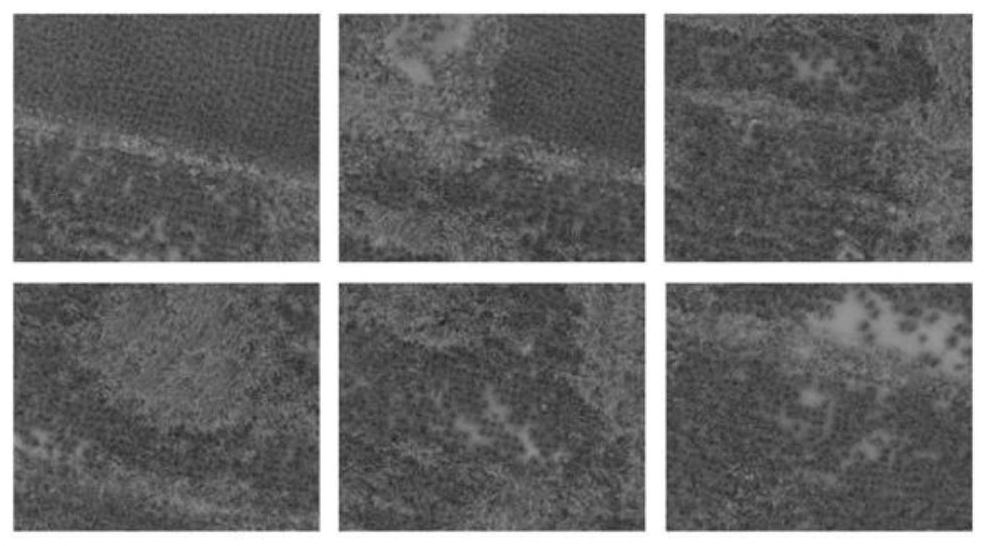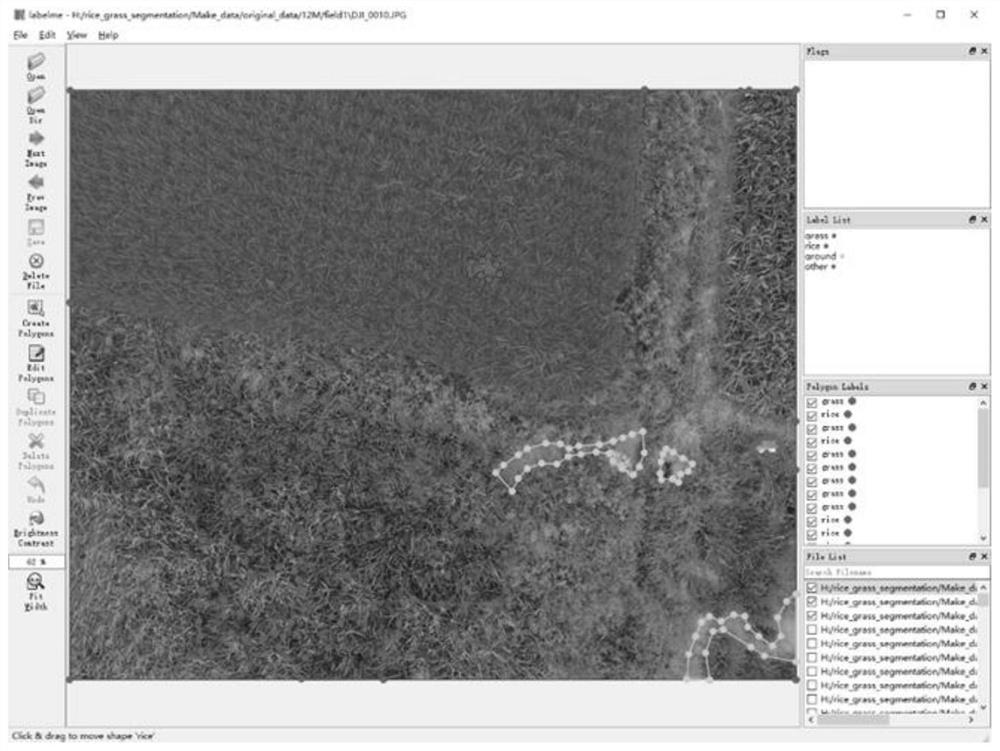Rice tillering stage weed segmentation identification method based on improved coding and decoding network
A segmentation recognition, encoding and decoding technology, which is applied in the field of weed segmentation and recognition in the rice tillering stage, can solve the problems of unfavorable maintenance, unfavorable weed recognition technology promotion, low efficiency, etc., to improve the recognition and detection accuracy, easy to deploy to the terminal, reduce The effect of pesticide dosage
- Summary
- Abstract
- Description
- Claims
- Application Information
AI Technical Summary
Problems solved by technology
Method used
Image
Examples
Embodiment Construction
[0047] The present invention will be further described below in conjunction with the examples and drawings, but the embodiments of the present invention are not limited thereto.
[0048] see Figure 1-Figure 4 , the method for segmenting and identifying weeds in the rice tillering stage based on the improved codec network of the present embodiment comprises the following steps:
[0049] (1) Collect images of rice fields at the tillering stage. UAVs equipped with visible light cameras are used to collect images of rice farmland in the tillering stage after setting the route; the size of the acquired images is 1300*1600 pixels; figure 2 shown.
[0050] (2) Perform image preprocessing and image enhancement on rice farmland images. Image preprocessing and image enhancement include flipping the original image left and right, flipping up and down, changing brightness and contrast; at the same time, using image cutting to increase the number of data sets, after data enhancement, ...
PUM
 Login to View More
Login to View More Abstract
Description
Claims
Application Information
 Login to View More
Login to View More - R&D
- Intellectual Property
- Life Sciences
- Materials
- Tech Scout
- Unparalleled Data Quality
- Higher Quality Content
- 60% Fewer Hallucinations
Browse by: Latest US Patents, China's latest patents, Technical Efficacy Thesaurus, Application Domain, Technology Topic, Popular Technical Reports.
© 2025 PatSnap. All rights reserved.Legal|Privacy policy|Modern Slavery Act Transparency Statement|Sitemap|About US| Contact US: help@patsnap.com



